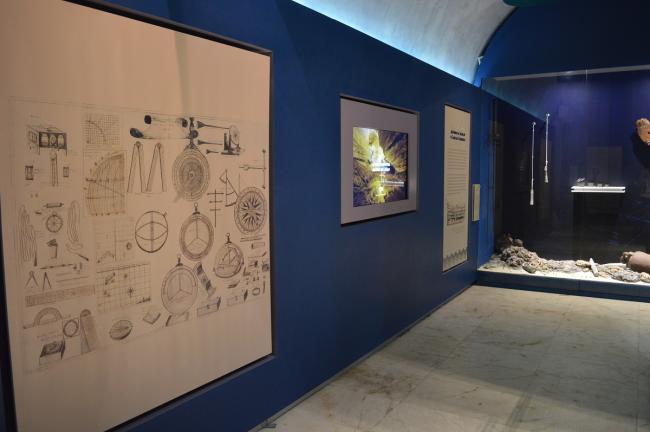
Technological Development at Sea
Sala
This room covers the technological changes that occurred with the advent of the Industrial Revolution. Among the technological shifts that took place in the industrial age (late 18th century to early 19th century), the substitution of wood with iron in shipbuilding and the shift from sail to steam power are particularly significant. These changes increased the tonnage of ships and their cruising speed, facilitating more efficient and continuous exchange.
Steam-powered ships revolutionized sea travel, as for the first time, humans no longer depended on wind and human labor to travel on water. Despite this, sail and steam technology coexisted for many years, depending on the needs of the natural context.
The identification of ships from this era is easier due to the technological elements they carry, such as their tonnage, steam engines, boilers, and anchors. In the 19th century, two shipwrecks, the British steamships R.M.S. Tweed (1847) and its twin, R.M.S. Forth (1849), would bring international attention to the Alacranes Reef due to the significant human and economic losses caused by these accidents. In a report presented to Mexico's Ministry of Public Works in 1854, Campeche's Minister Justo Sierra O'Reilly documented the ongoing problems caused by these reefs, noting that "not a single year passes without one, two, or even three shipwrecks on the Alacranes Reef."


